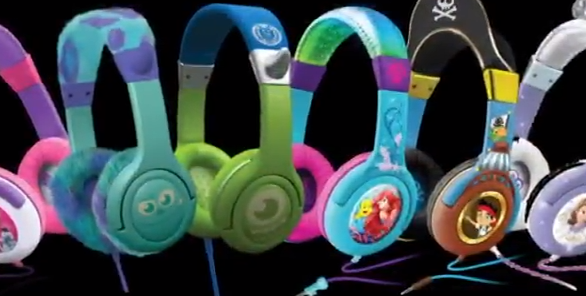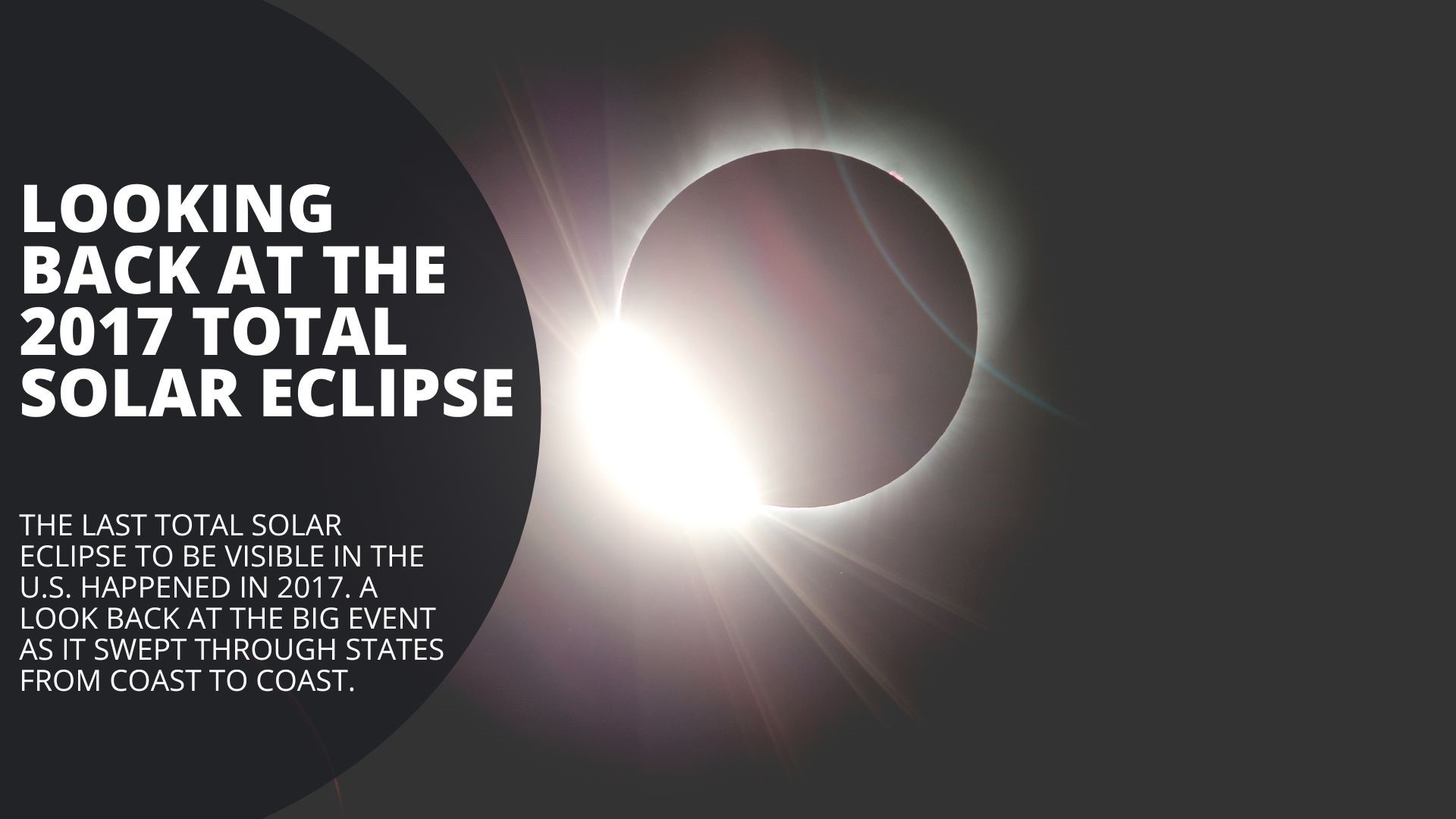You might be thinking of buying you children headphones this holiday season. They're not just for fun. Many schools have it on their list of needed supplies. But you need to be careful, not only about which brand you buy, but how long they listen.
Our children are facing a serious health crisis. Hearing loss. And many doctors say it's because of all of the time they spend using their electronics with headsets.
There are "kid friendly” products designed to limit the volume, but are they really safer? We tested some popular brands with the experts.
Like typical kids, the Nakamura twins are big fans of their headphones.
"Watching videos. Listening to music," they said.
Sounds harmless, until you consider tweens and teens average 7 plus hours a day on their devices. And those statistics are nearly 9 years old.
Today, electronics are a regular part of schools' curriculum. So that means, a lot of noise in little ears.
“There's been studies, even mild hearing loss can affect speech and language development,” says Dr. Samantha Anne, who specializes in pediatric hearing disorders at the Cleveland Clinic.
“Once you damage the hair cells that are transmitting the sound to the nerve, they're not coming back,” she adds.
And consider this, back before headphone sales skyrocketed, at least 17 percent of kids had suffered permanent damage from all their listening.
It's why, when headsets marketed as child friendly hit the market, it was music to the Nakamura's ears.
“Any product that's advertised a kid product, you just kind of assume that it has all the whatever, safety regulations necessary to be used on kids,” said Lisa Nakamura, Kyra and Ally’s mom.
So, imagine their shock, and ours, when we found a study from the consumer products website The Wirecutter, which found nearly half of headsets advertising volume limits for children, allowed them to play above safe levels.
"Some of them went to the level of a jackhammer or a rock concert. That could do serious damage," says Lauren Dragan of the Wirecutter.
But we wanted to verify the results for ourselves. So we bought four popular headphones and two ear buds and sent them to www.reviewed.com, another consumer products company, that uses lab grade audio equipment to test headsets. And you know what they found?
“Many can play above the safe thresh hold recommended by health experts,” says TJ Donegan editor-in-chief of reviewed.com.
For each test, they piped in ZZ top from an attached iPhone, and here's what we learned:
“If you leave them unattended or let them play at max volume, they're not necessarily safe on their own,” said Donegan.
And if you listen for too long, sounds louder than 85 decibels can cause permanent damage. Yet, every brand we tested, except for the Sakar Ninja Turtles, peaked at sound levels higher than those recommended for safe extended listening.
Even the Fu-Hu Nabi's, which have a switch to change settings hit "86" in the kids’ mode,
107 in the adults.
And we found similarly high levels for both brands of ear buds, which Dr. Anne says are worse for your ears.
“The earbuds go into the ear canals, so you're putting the sound closer to the ear drum,” she said.
Now all headphones and ear buds can be used safely, but doctors say you have to limit listening time to 90 minutes a day, at no more than 80 percent of maximum volume.
It’s advice the Nakamuras heard loud and clear.
As you can imagine, one of the manufacturers contested the accuracy of our findings, while others say they welcome the conversation and that their products continue to evolve in line with smart devices. Below are the full responses by the manufacturers who responded to our request for comment. We also have a list of the brands recommended by Reviewed.com.
LiLGadgets
Since there is no standardized USA test for volume, LilGadgets adheres voluntarily to the European volume testing methodology. We test 100% of our headphones so they are consistently at the volume levels we set (about 88db in the lab, we advertise 93db).
iPads/iPhones are notorious for their high volume output (which is probably why they allow for volume limiting in the settings) while say with a Samsung or Kindle you'll see lower readings. At the end of the day, no matter how we set the volume on the headphones for our EU tests, the lack of consistency with output levels on the devices is going to be something parents should understand. That was why we advocate setting the volume limiting on the device itself, taking breaks every 20-30 minutes, trying to avoid using them more than a few hours each day, and never maxing out the volume on the headphones if possible. We're happy to answer specific questions as well, so please contact us at support@lilgadgets.com.
For more information on specifically how we test volume and build safety, please visit this link:
https://www.lilgadgets.com/blogs/faq/volume-testing-methodology.
Etymotic ETY Kids 5
We often hear that "anything over 85 dBA is dangerous." The statement is true if we add time: "Anything over 8 hours at 85 dBA is dangerous."
Much shorter exposures allow much higher levels safely: The Chicago Symphony Orchestra sometimes produces 104 to 106 dBA.out in the audience seats at the exciting end of something like Rite of Spring, where the music is noted "triple forte" (as loud as possible!). But the musicians can't produce that for long, and the music usually calls for only 20-30 seconds triple forte (fff) at most.
The standard that gives safe times at each sound level is called NIOSH-98 (you can google it and look at table 1-1). For example, 106 dBA should be safe for 3 minutes 45 seconds. You won't hear that long a triple forte passage out of a symphony orchestra, although rock concerts sometimes produce levels of 110 to 120 dB for two hours! Take your hi fi earplugs! I have measured both regularly. They symphony is always safe, rock concerts are not!
It is possible to purchase an inexpensive "sound dosimeter" that will tell you when you have reached 25%, 50% and 100% of safe time-intensity exposure.
The dosimeter integrates the exposure over time according to the rules set forth in Table 1-1 of the above document. You might be interested to learn that in our study of CSO exposures and hearing thresholds, we found that the orchestra members have better age-adjusted hearing than the "man on the street" with little noise exposure. That study is attached.
The ETY-KIDS earphones were carefully adjusted using a dosimeter so that 4 hours listening to the loudest Disney recordings for children is safe. (Actually, the typical earphone would be safe for longer, but we allowed for production variations in sensitivity and rated them safe for only 4 hours.)
If we had set 85 dBA as the maximum output, the triple forte end of Rite of Spring would sound puny and very unrealistic. People listen to music at home at 20 dB less than live performance, but I don't believe you would be happy with any earphone that followed the "85 dBA maximum" rule you suggest.
Sakar Kids-Safe Headphones
Consumer satisfaction and safety are our top priority. We engineer our Kids Safe headphones to operate within safe listening levels, which according to the World Health Organization are a factor of decibels as well as duration and frequency of listening time. We're glad to see this conversation taking place, and encourage parents to consider the amount of time that children are listening to their headphones at any volume, based on these guidelines.
Reviewed.com Recommendations
www.reviewed.com
http://headphones.reviewed.com/best-right-now/the-best-headphones-for-kids-volume-limited


